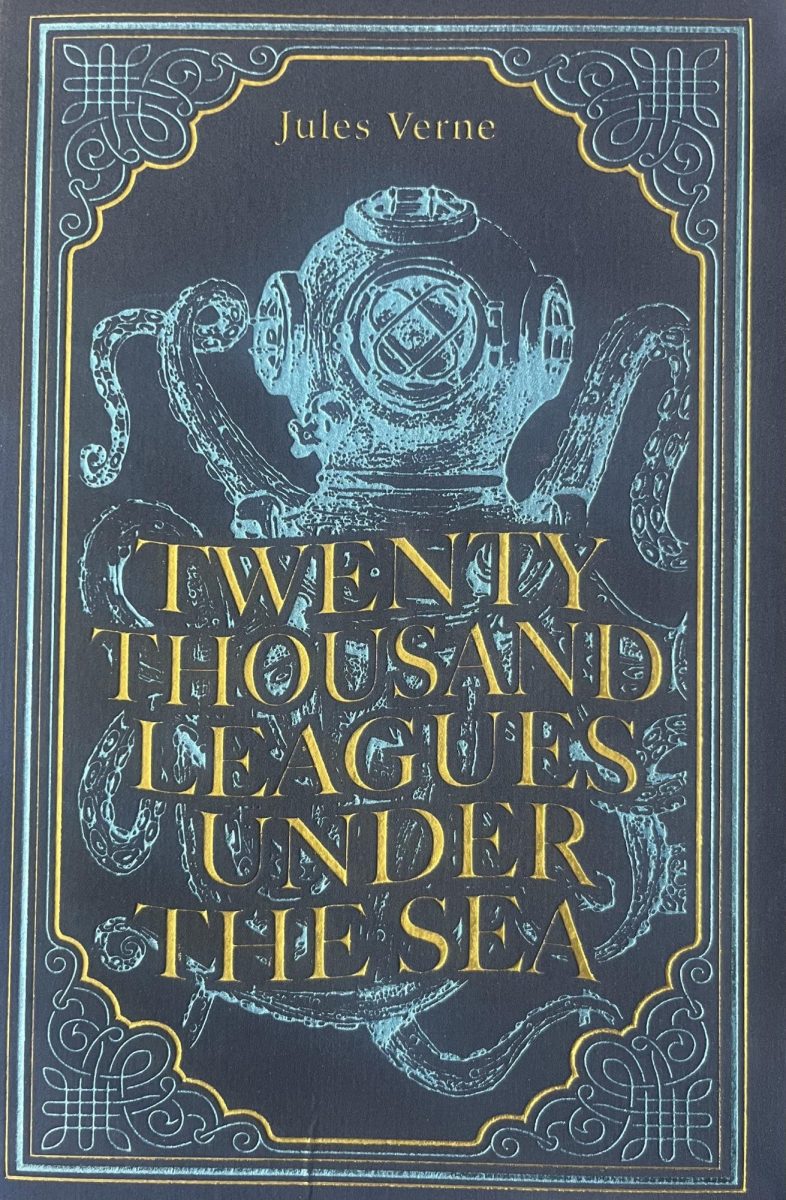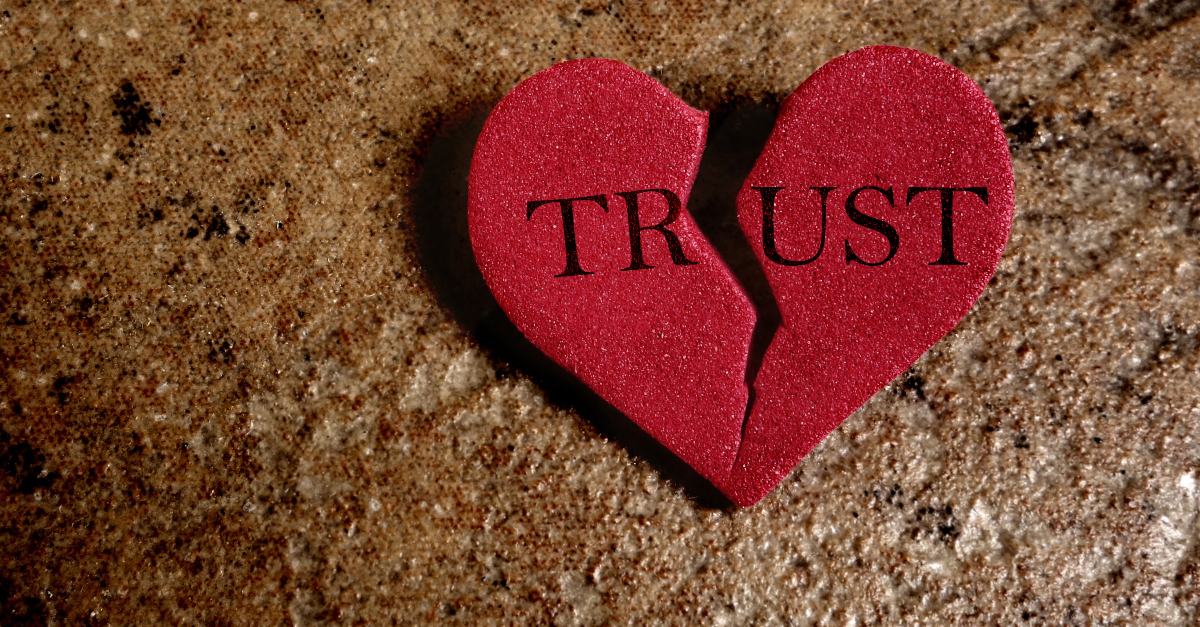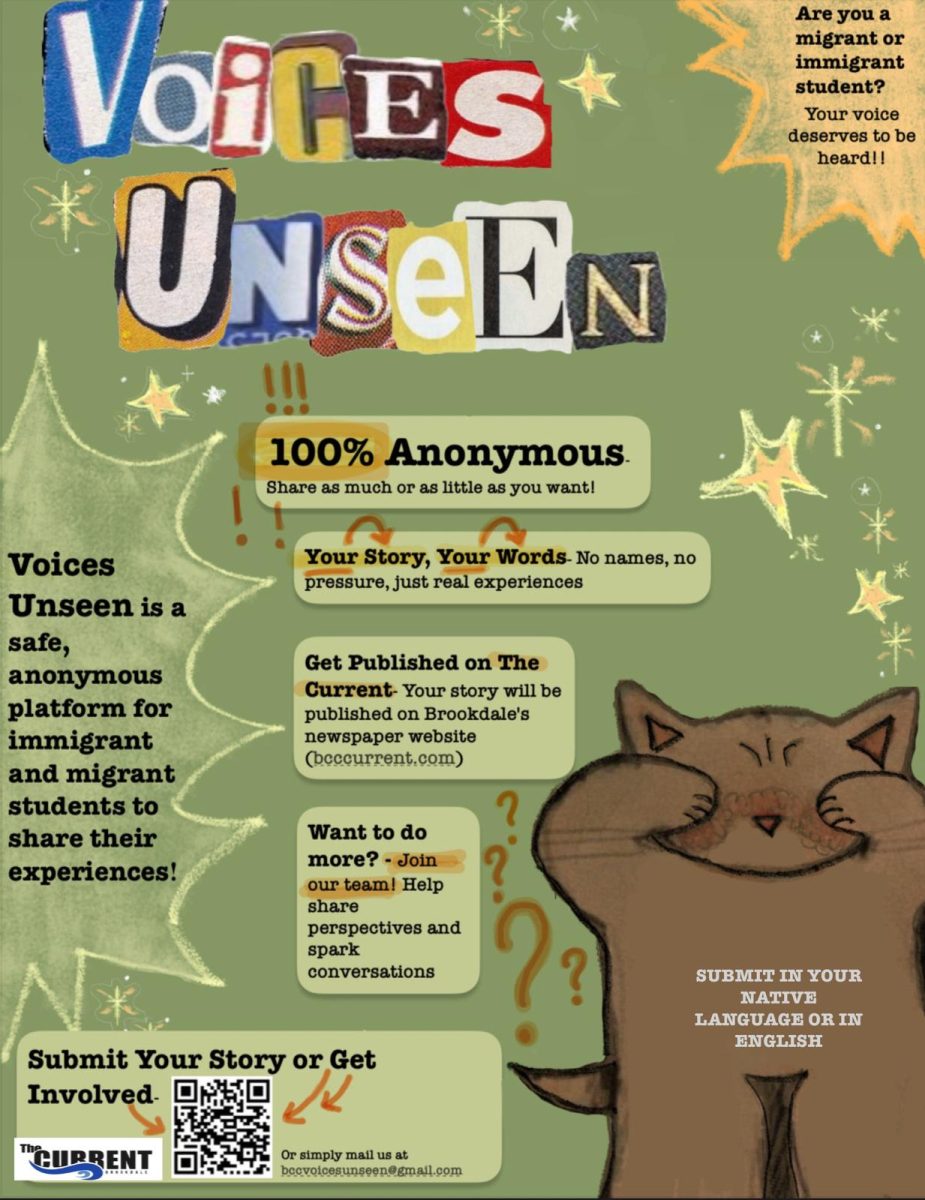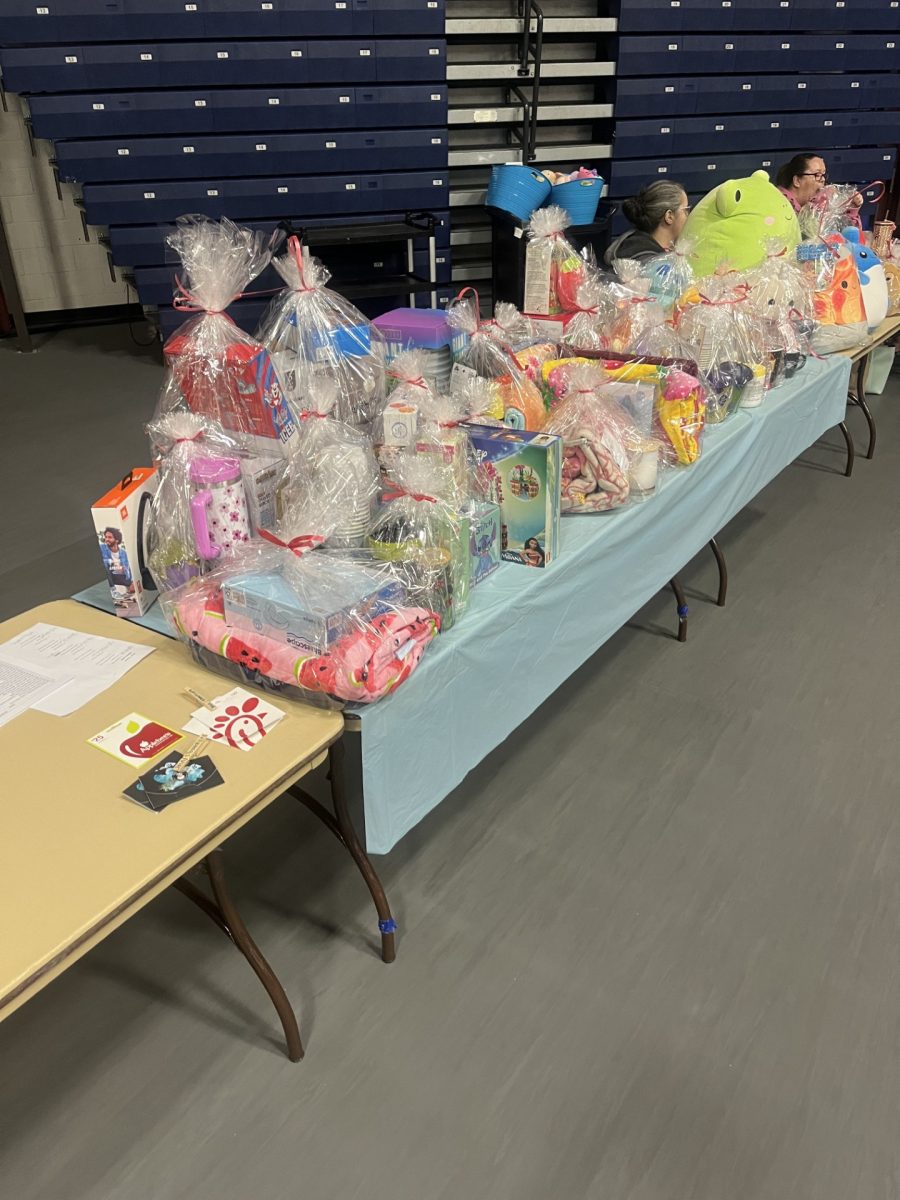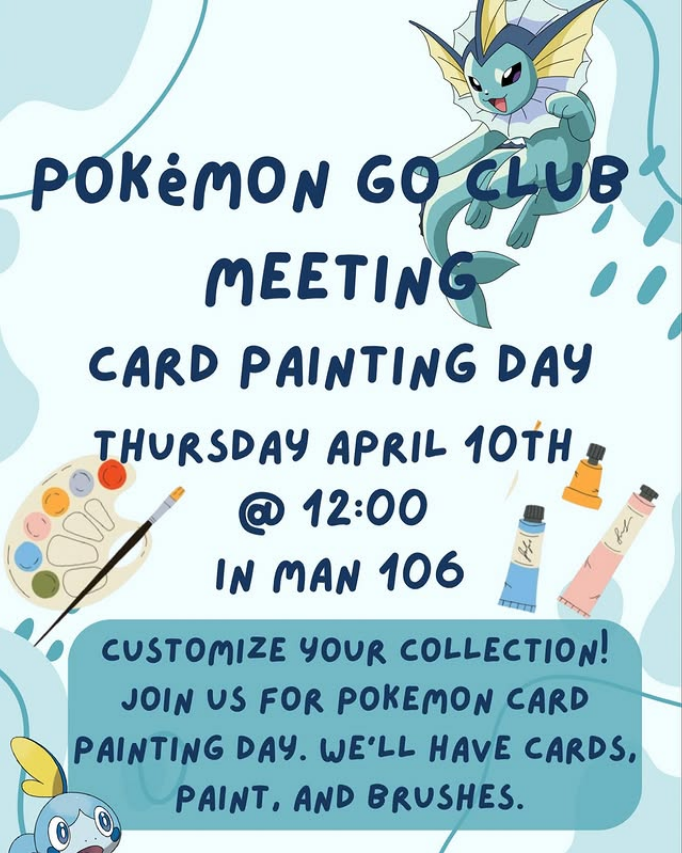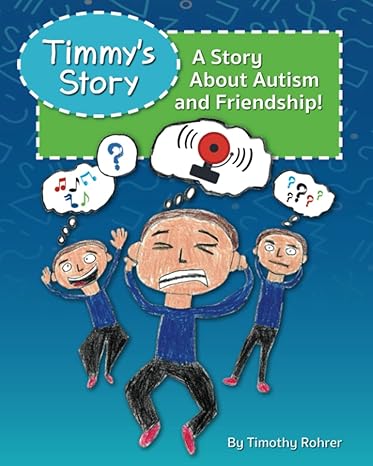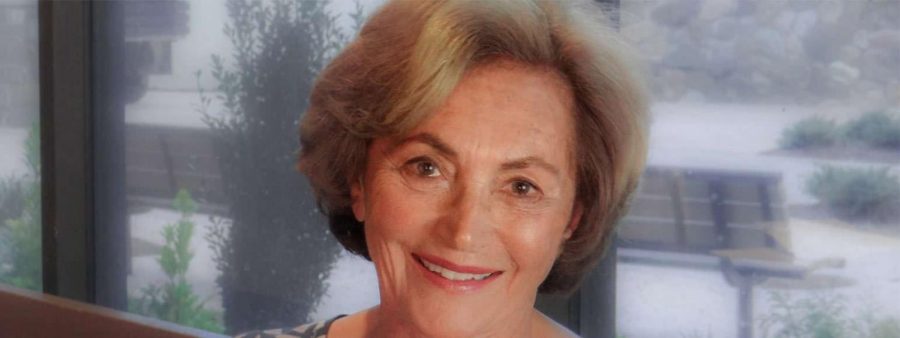Chhange Shares Holocaust Survivor Testimony on YouTube
October 19, 2020
Claire Boren, a child survivor of the Holocaust and an artist, is featured in a video on the Center for Holocaust, Human Rights and Genocide Education’s YouTube page. It is among several videos Chhange has made available capturing live online programs held during the pandemic.
During the May 13 program called “My Art: Retrieving My Holocaust Memory,” the Monmouth County resident discusses not only how the Holocaust affected her life and that of her family’s, but also where she displays some of her abstract artwork inspired by her Holocaust experiences.
Boren uses the opportunity not only to discuss the trauma of the Holocaust and teach about hate, but also as a way to inspire viewers to tap into their creativity in order to help manage their COVID-19 experiences. “We have the choice of what we do with our time in isolation.”
Boren was born shortly before the Holocaust began in the small Polish town of Mizocz. The town itself had a population of 2,000 people, 40 percent of whom were Jewish, while the rest were Ukrainian, Polish, and Czech.
“I lived there in a house with my mother and father,” Boren said. “And in the other part of my house lived my aunt and uncle and two cousins.”
Tragedy struck one day when Boren was playing with Rex, the family dog, and two German soldiers stepped into their yard and confiscated Rex, which she said for her was “the beginning of the war.” Later, while she was working in a field with her mother and father, another German soldier came onto the property and told its residents to leave their home for an unspecified reason.
“My father lifts me up and kisses me goodbye,” Boren said, “and that was the last time I saw my father.” The next day, on October 13, 1942, the Germans rounded up all the Jews in Mizocz, a community that had existed for about 300 years, into the town’s time square.
“There is a ditch, and the people are being shot one by one and thrown into this ditch,” Boren said. “The photos of this massacre are available on the internet.”
One of the more haunting events occurred when Boren and her mother sought refuge with strangers on their farm. The Christian family who resided there let the two in, under the condition that they sleep in a coffin-sized hole beneath a pigsty. Boren and her mother stayed in that sty for about three months, clinging to one another day and night while not being able to tell the time.
“Without any human contact or outside stimulation,” Boren said, “I retreated into a fantasy world when I never realized I had lost all touch with reality…When my mother realized that I had lost all touch with reality, we left.”
Another harrowing moment Boren discusses is when she and her mother were in a forest where a group of Jews were hiding, including Boren’s uncle and two of her cousins. During that time, they subsisted on berries and mushrooms while also having to sleep out in the open for several months, all while at risk from being exposed by the local Polish and Ukrainian population. Eventually, the entire group was murdered, except for Boren and her mother. “The German regular army did not come in to hunt the Jewish people; it was the local population,” Boren said.
Boren first arrived in the United States when she was 11 and was highly unwilling to tell anyone about her experiences in the Holocaust, while also attempting to conform to American society. “I cut off my braids. I removed my earrings, and I tried to blend in as fast as I could,” she said. “I never spoke about my past, even as an adult. My friends have told me that I somehow gave off this aura of saying, ‘Don’t ask; I do not want to talk about my past.’”
As an adult, Boren attended a mixed-media workshop where she had the idea of putting something together without ever considering that her product would depict something grim that she remembered from her childhood.
“I went to a pile of discarded pieces of sculpture,” she said. “I put something together without a plan. When I looked at it, I realized that what it conveyed to me was an image of a public hanging that I had created.”
From then on, Boren had a near-obsession with forming different art pieces depicting some of her darkest experiences during the Holocaust. “After doing this first piece, I continued to explore my past, and almost in a feverish manner creating many Holocaust pieces,” Boren said. “As I created these pieces, my past just flooded through me.”
Many of those art pieces consist of paintings that illustrate some of the emotions that Boren felt during the Holocaust.
One painting shows someone stuck in a funhouse with mirrors and represents the feeling of being trapped and unable to go anywhere. “The idea is that this person is caught in that funhouse with all these exits, and I call it ‘no exit’ … People that were caught in the towers and the upper floors, they had no exit,” Boren said of 9/11. “But you could also say the Jews caught in Europe had no exit because no country had really wanted them.”
Another painting depicts a person who has curled into a ball. Boren believes this portrays her feelings of being stuck in a highly undesirable place, but she said that is left for the viewer to interpret. “It’s very obvious, and you could read into it whatever you want, but it’s certainly not a happy image,” Boren said. “It’s sort of being curled up into a ball and, whether it’s in the hole or in the forest or in danger, it’s just like ‘you don’t want to be where you are.”
Boren spoke about a painting she created with a tall figure on the left seemingly watching over a shorter figure, probably for the latter’s protection. “People have given me interesting ideas of what this might be,” Boren said. “But I still think in terms of there’s a figure being protective of the smaller figure.”
To view this Chhange program, visit https://www.youtube.com/watch?v=jSZimoyNT5o&t=1573s or check out additional Chhange programs by visiting https://www.youtube.com/user/chhangebcc
On Tue, Oct 13, 2020 at 1:50 PM Deborah Mura

